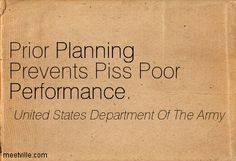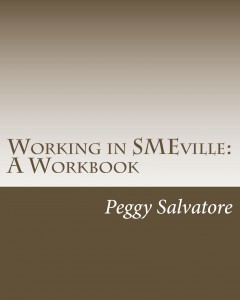
Everyone has a definition of heaven. For some, it’s a golf course or a gourmet kitchen or an endless beach. For me, heaven is a recording studio. One of my hobbies is singing and songwriting and there is nothing like hearing your idea fully developed. About 15 years ago, I went to Nashville to record a song demo at a studio using the local studio talent. I worked with an arranger who also ran the studio session and he organized all the details – chose the studio, hired the musicians, and wrote out the arrangements.
Because I came in from out of town, he coordinated the session so that we could record all five songs to the final mix in one day. That gave us time to do an arranging session the day before and allowed time to set up appointments with song publishers to shop the tunes afterwards.
When he was hiring recording engineers – those are the guys you see behind glass at the big consoles with all the dials and knobs and sliders – he said, “I hired a young guy to stay with us through the final mix. They are the only ones with the energy for a long session like this.”
He surprised me when he said that, but it made perfect sense. It was something I had never considered. But he did this for a living, and he knew how demanding it would be so I trusted his judgment.
The Long Haul
A long session of five songs, from basic tracks through instrumental overdubs, basic vocal and background vocals, and finally to blending them all together, choosing levels at which each instrument and voice will appear and putting it through some electronic magic so it sounds good on a little speaker – takes time. Some big studio albums take months to record. When you are recording a song demo, it needs to be good but not final-product perfection. We flew through the whole thing in about 12 hours.
Nashville studio musicians are some of the best people on the planet. They are efficient and flawless. They record songs all day, every day. Think factory work for people who play guitar. Everyone comes in, does their thing for an hour or two or three, and then leaves. But the recording engineers, they are in it for the long haul. They have to listen to every note, work with every player to get a performance that is consistent with the vision, and keep their ears tuned right up until the final mix. It is exhausting. And they are on the clock. We needed a finished product by morning to get to meetings with publishers.
That’s why the arranger hired the young guy. Even I slept through the final mixes, and they woke me up to listen to the result around midnight. It felt a little like having a baby by C-section, you know, missing the actual birth. Nonetheless, the baby was born and we had a great demo.
The question is: Was the arranger practicing ageism by choosing a young engineer to ride through the whole process? Or was he just being sensitive to the fact that, as he explained, an older guy wasn’t going to last at the board in a non-stop, full-attention session for 15 hours?
Your Retiring Workers
That incident came to mind this week because a similar situation applies when working with retiring colleagues in a training situation. When I mentioned to a group of trainers recently that some retiring or retired workers might not have the stamina of younger workers, and may need considerations and adaptations, some were shocked that I would discuss it. Perhaps I was insensitive in the way I worded my comments. And trust me, in no way did I intend to insinuate that people over 60 are frail or deficient. Quite the opposite. Some of my best friends (ahem) are retired, and yes, they would be the first to admit they have more trouble walking, they go to bed earlier, and find themselves shopping for replacement parts.
One 63-year-old friend who works full time in a job that requires five, 12-hour days and submits to an annual physical requiring he stay in tip-top shape said, “I do everything I always did. I just do it less.”
Another 67-year-old yogi friend tours with rock bands and said, “I am in the best shape of my life.” I have seen him play guitar perched atop another yogi and I would have to agree.
All that aside, I am suggesting that when you work with older workers, you may need to consider things like stamina, eyesight and hearing. It’s just a biological fact. As I age, my eyesight isn’t nearly as good as it once was. I need to compensate for that.
I have worked with people in their 80s who have more to offer than they ever did, with perspective and wisdom and humor that comes with age. They are the most brilliant people, and I have learned most from them. But I paced interview sessions, allowed for hearing issues, and so forth, not to pander to them or to be condescending but rather out of consideration and sensitivity.
It isn’t ageism, as I see it. By mentioning the fact that older workers might (I emphasize MIGHT) need some considerations regarding the biological realities of aging, my intention is to invite sensitivity from people who work with older colleagues.
If my remarks- written or spoken – imply any inherent insufficiency of older workers, I apologize to anyone I’ve offended. I also hope that as we work with people who are approaching or have well surpassed the legal age of retirement, we consider different levels of physical tolerance than we expect from colleagues in their 20s.
Please comment on this issue. I invite a discussion and other perspectives.





